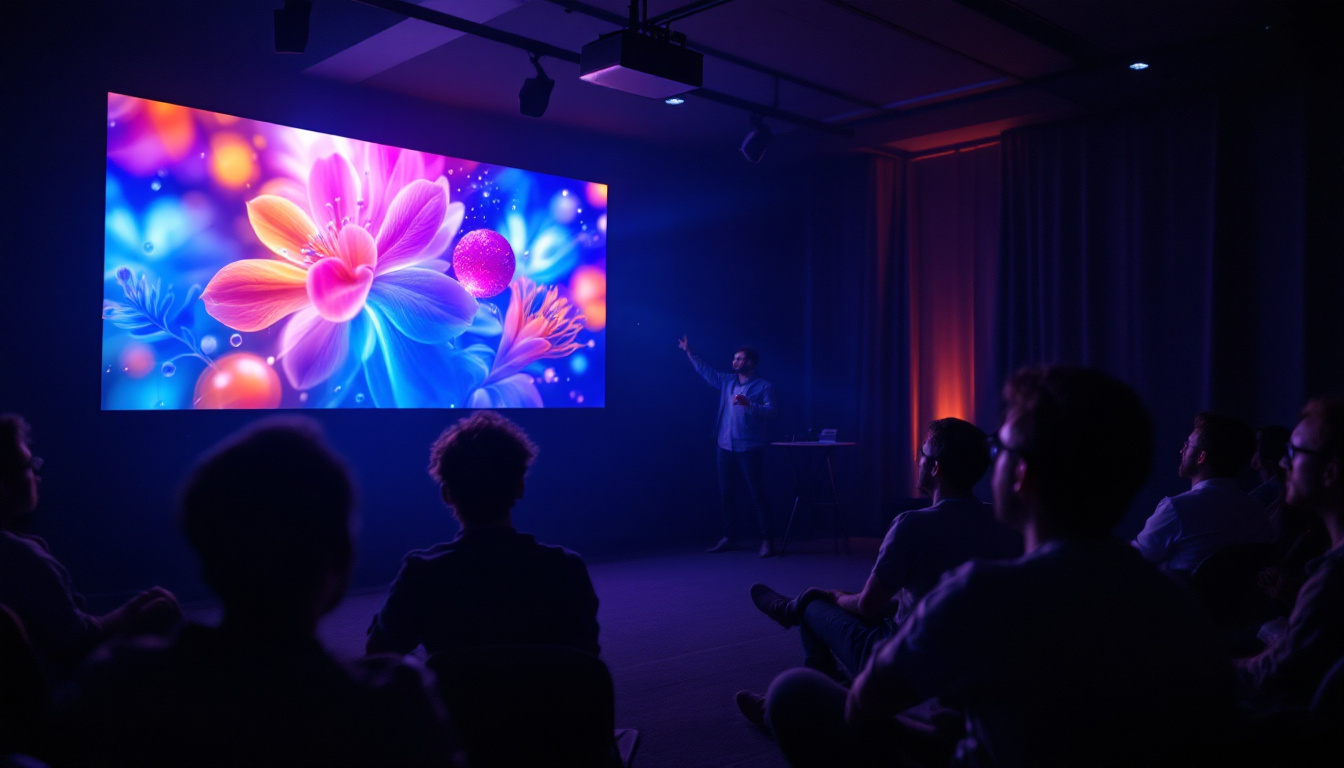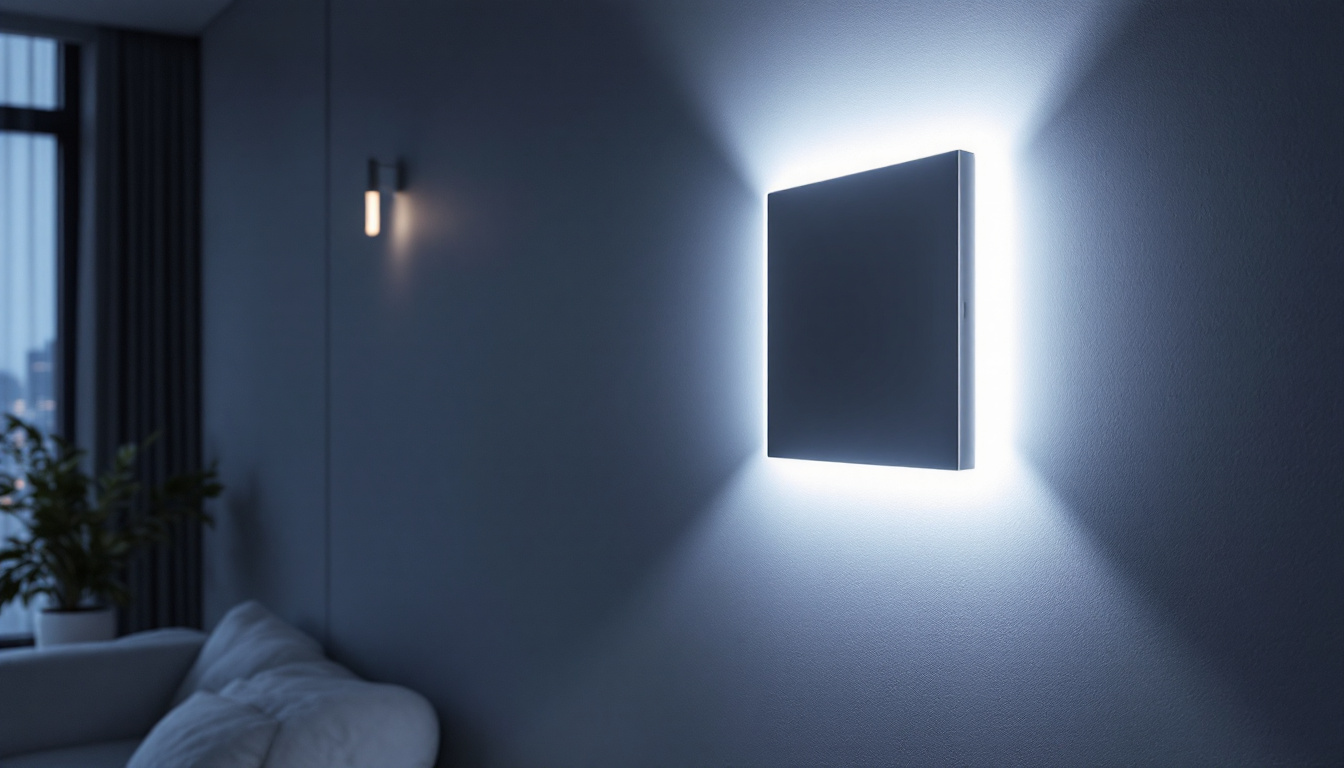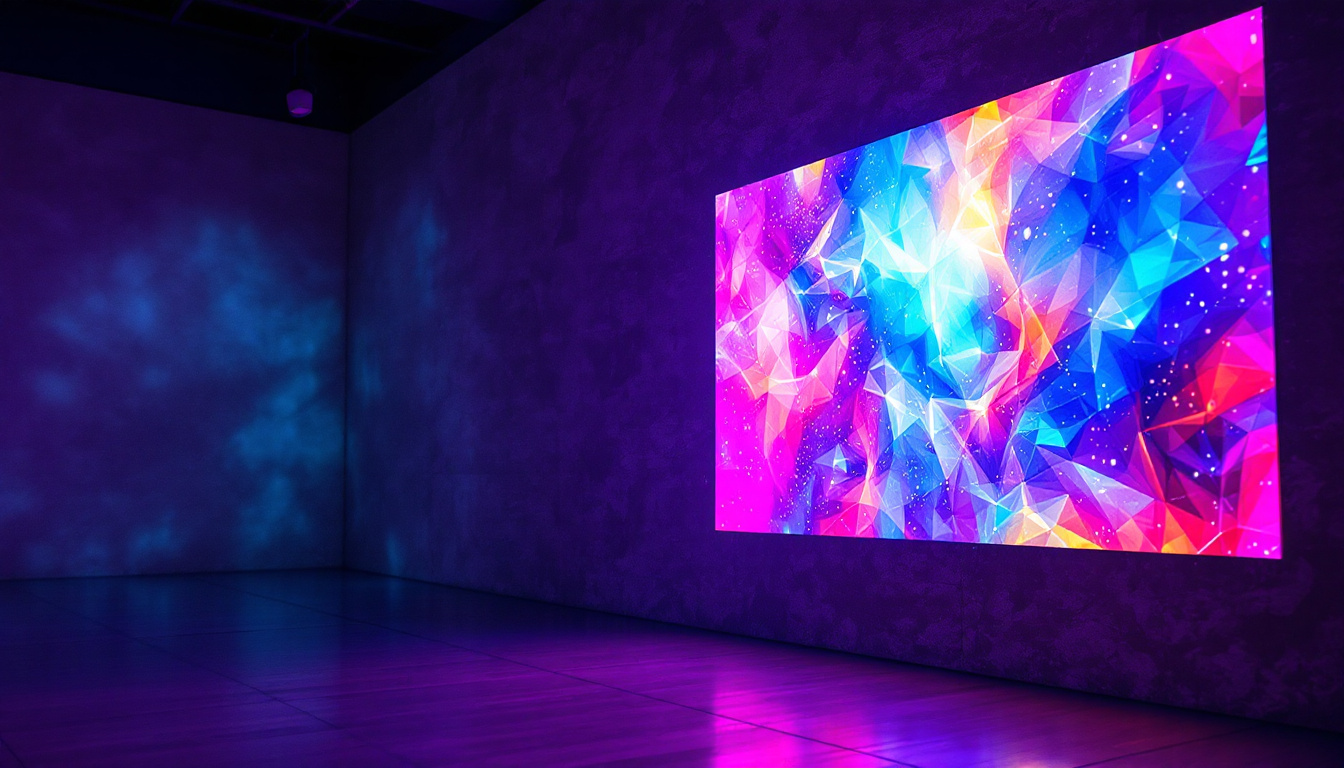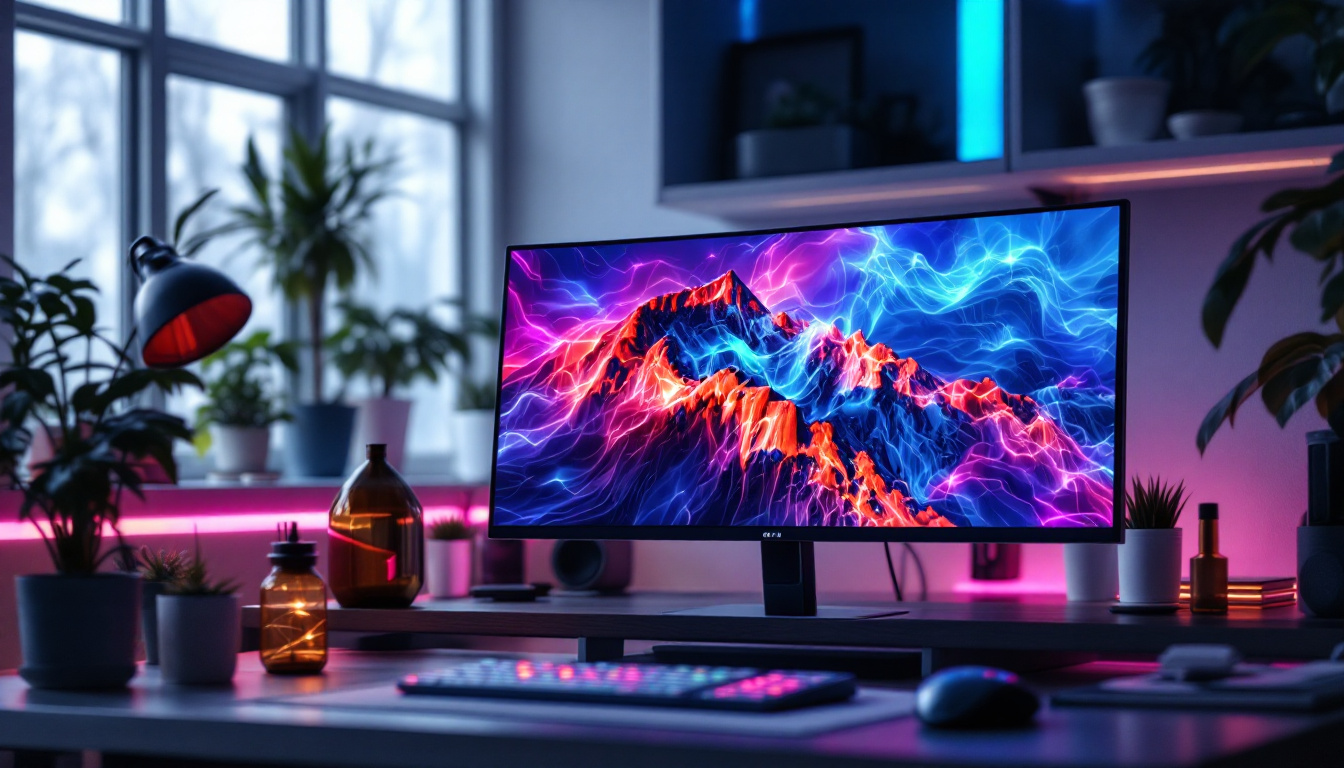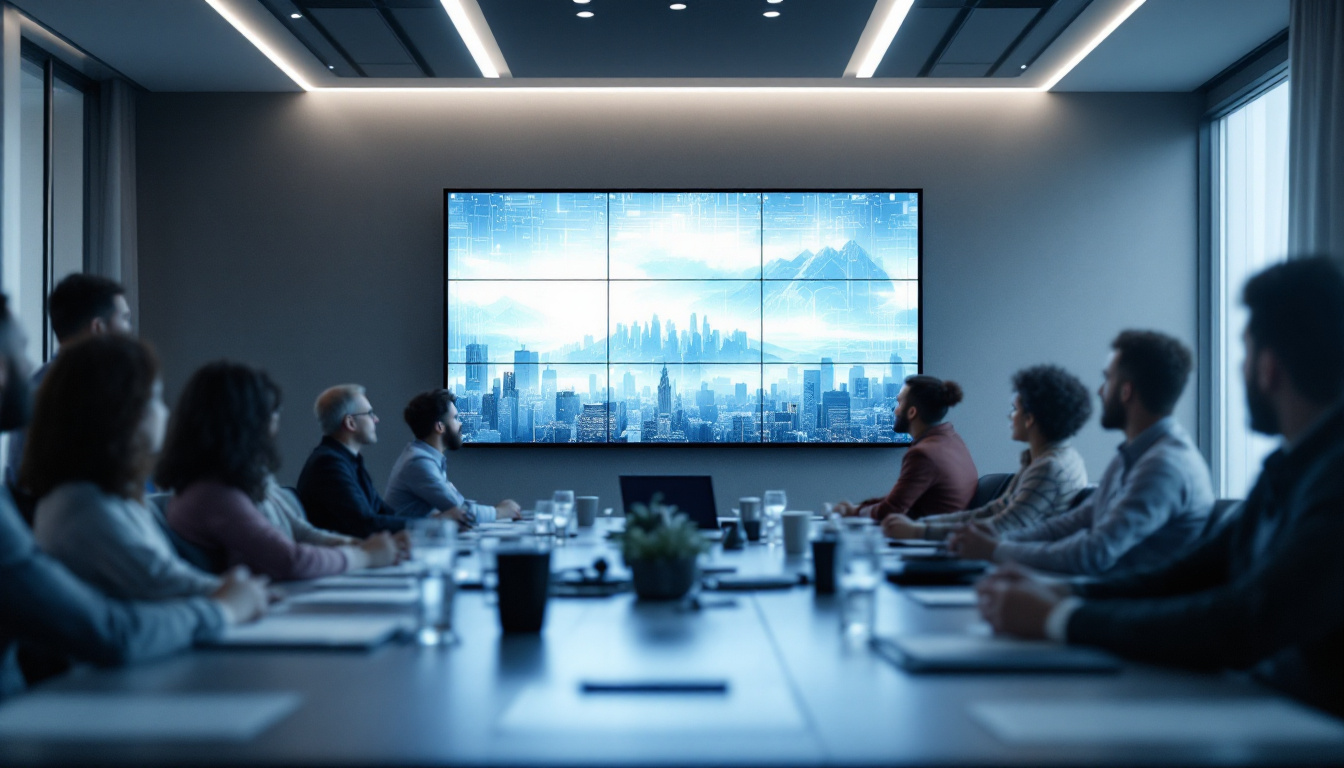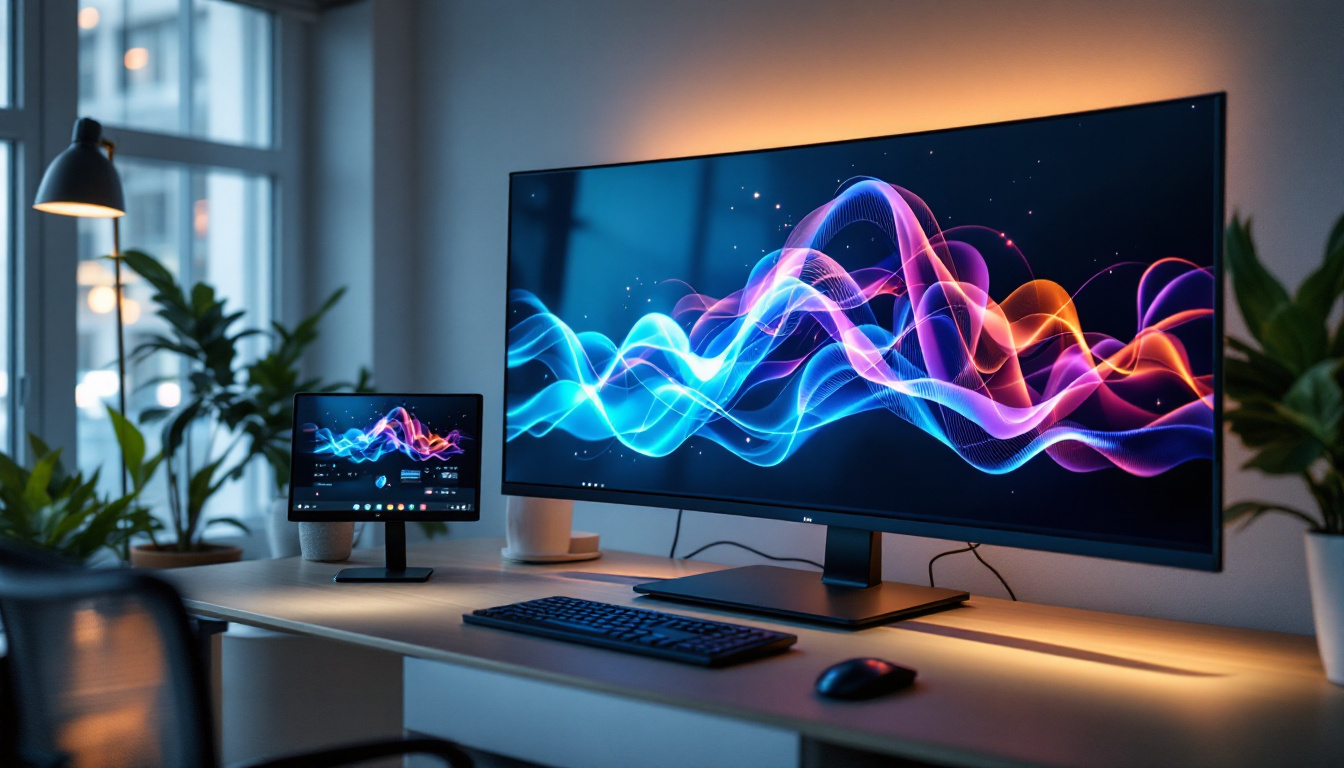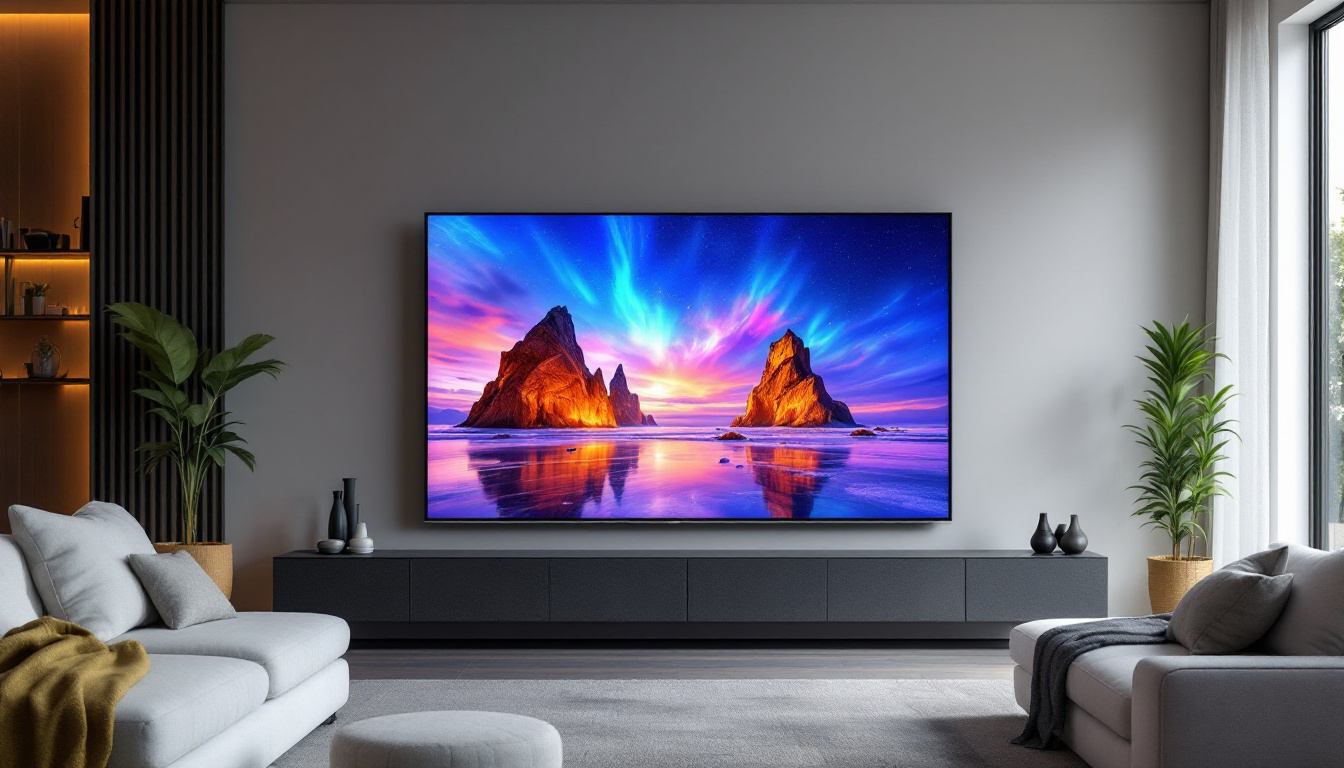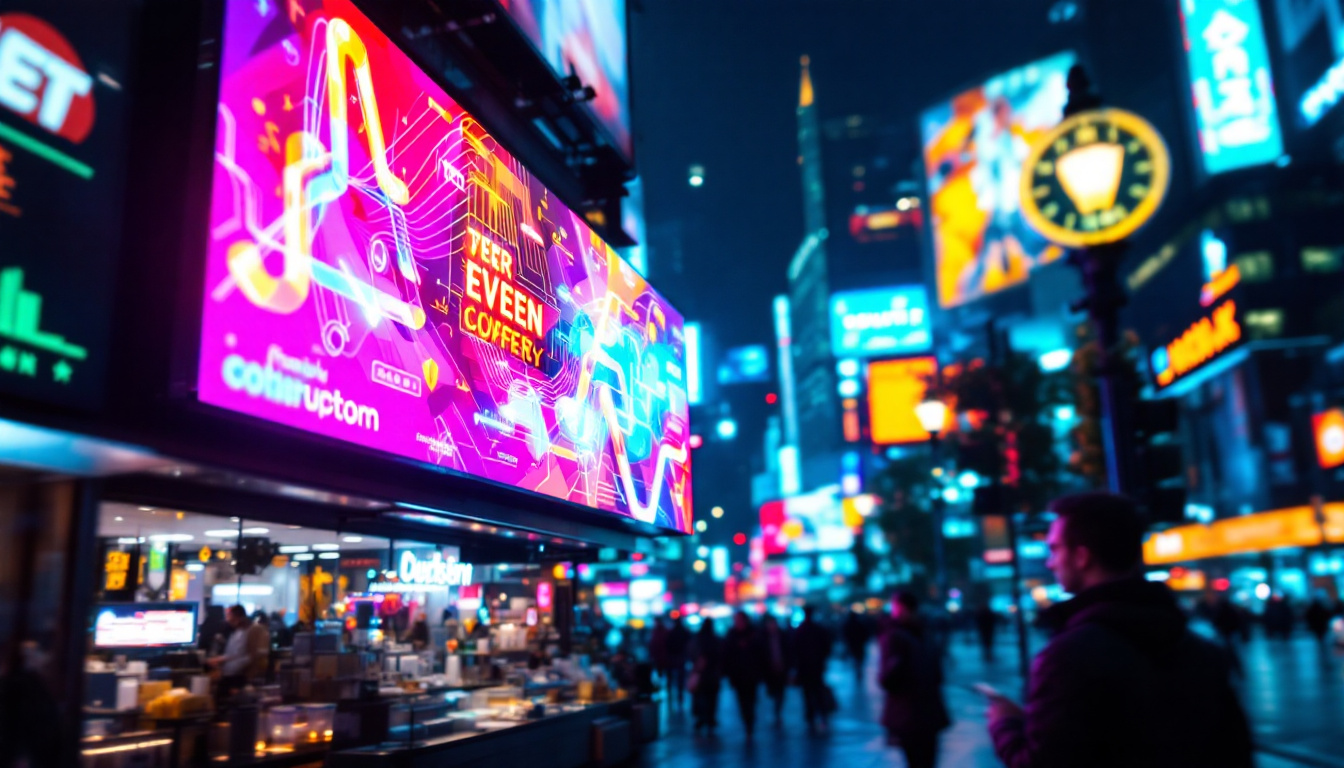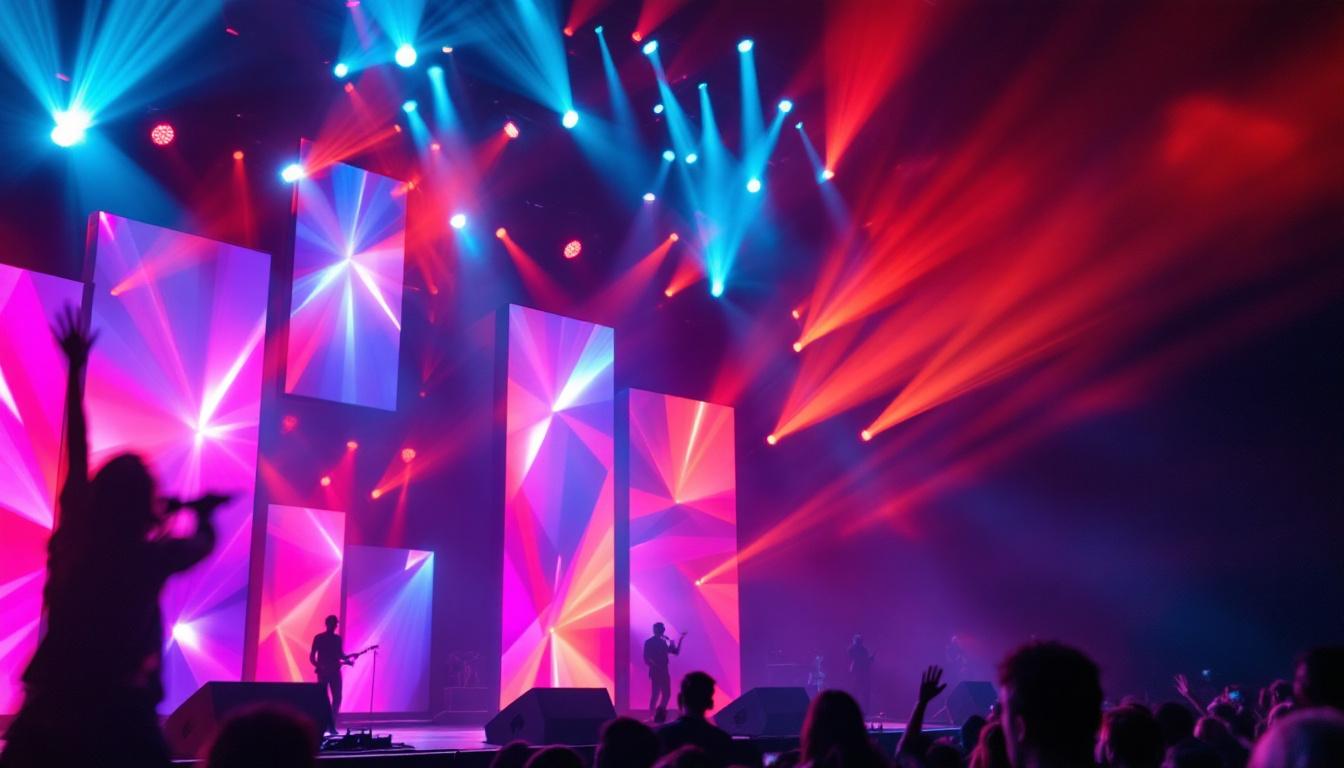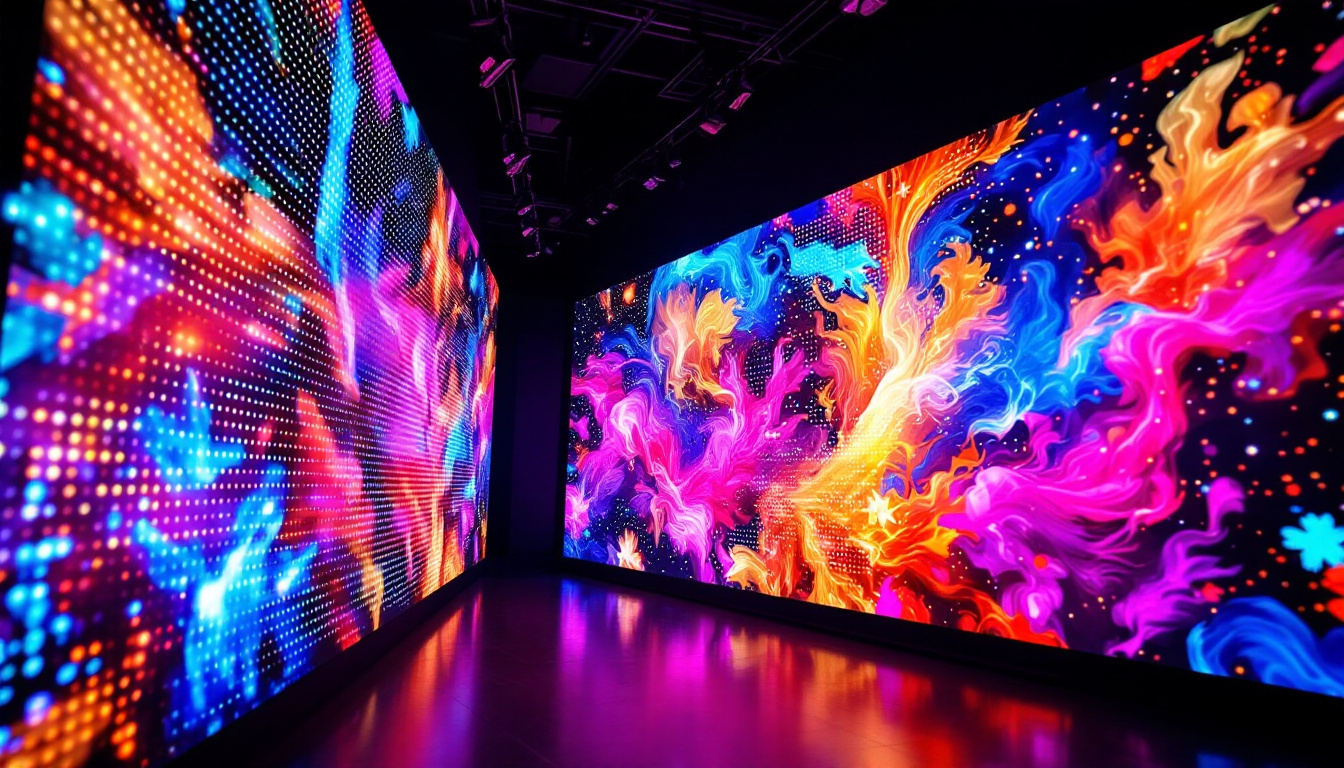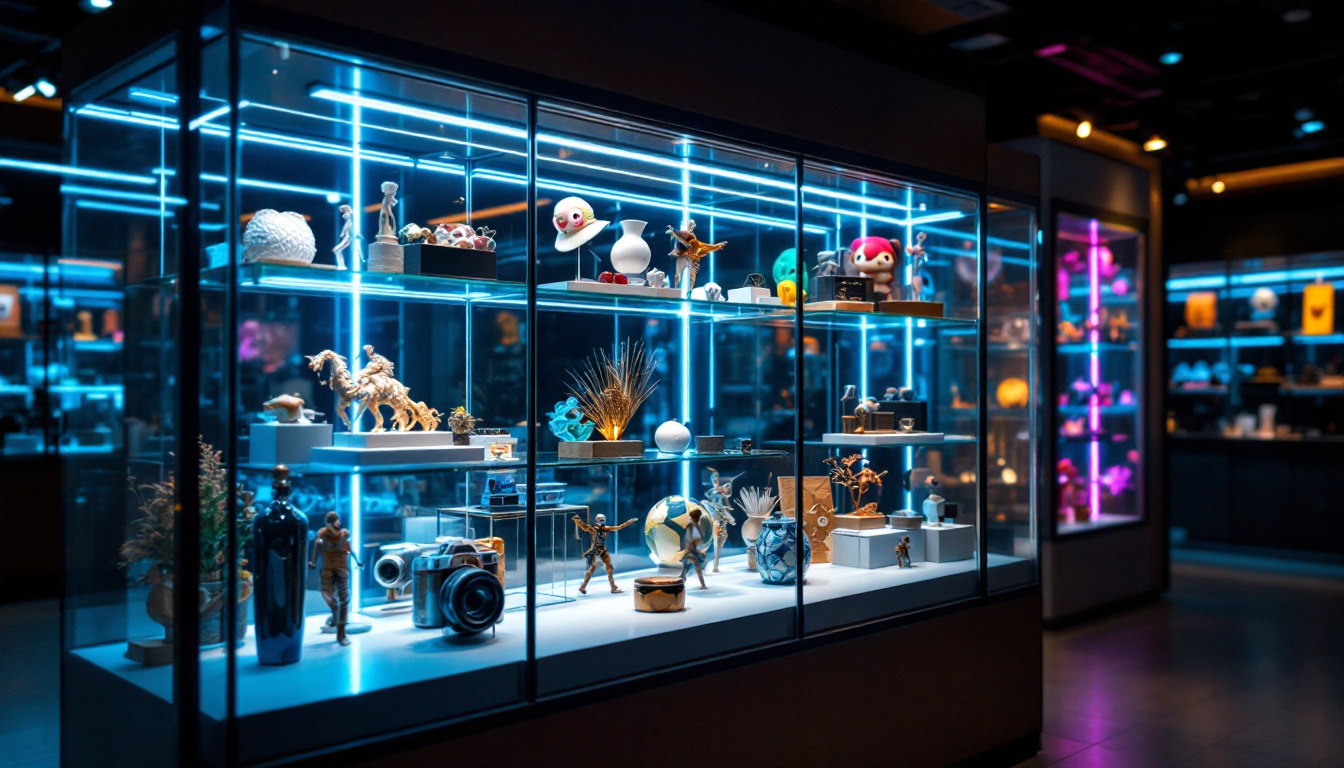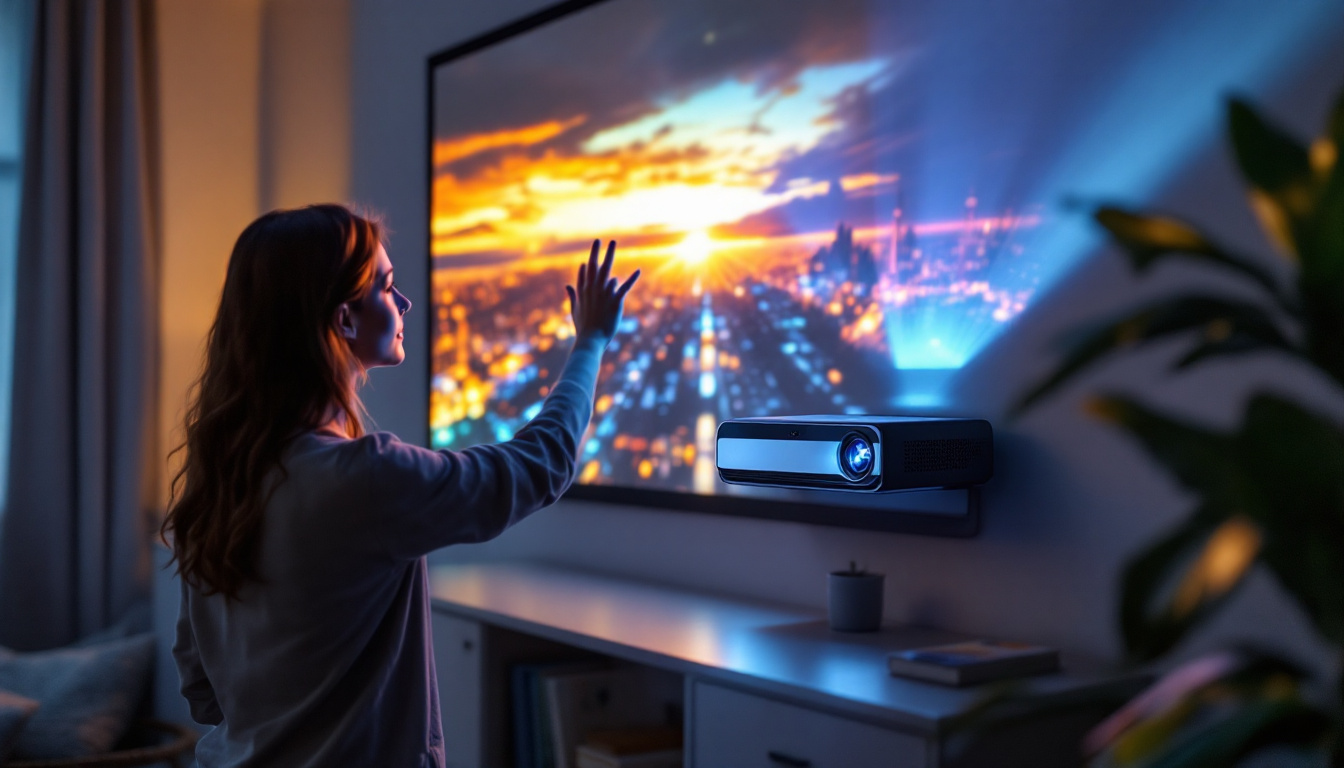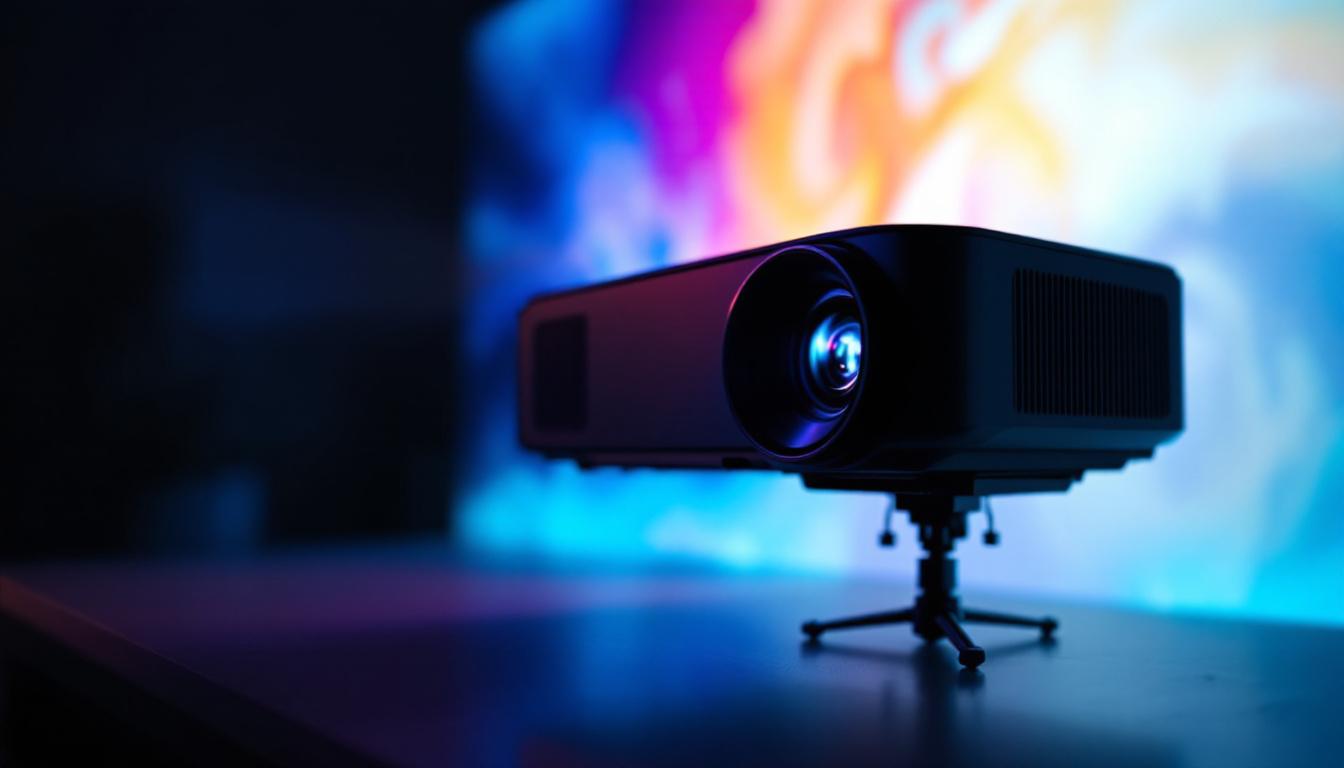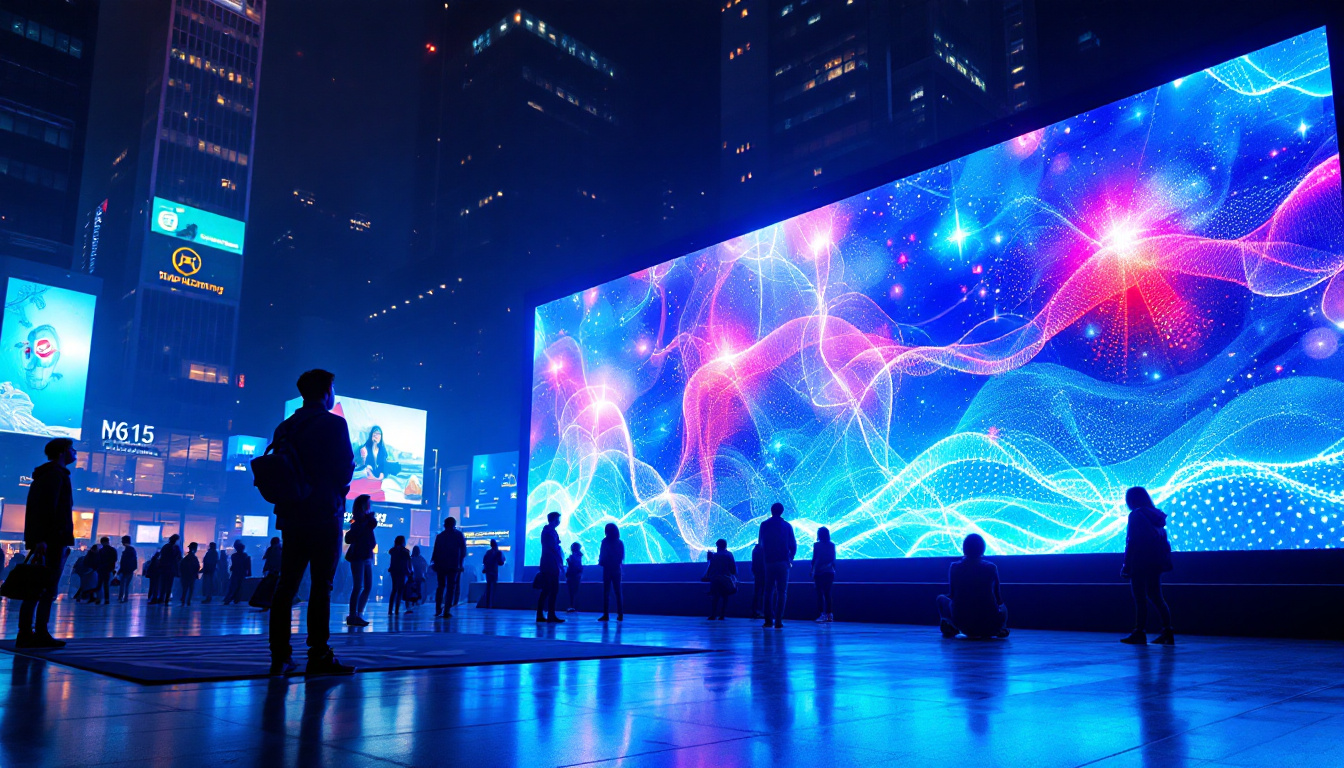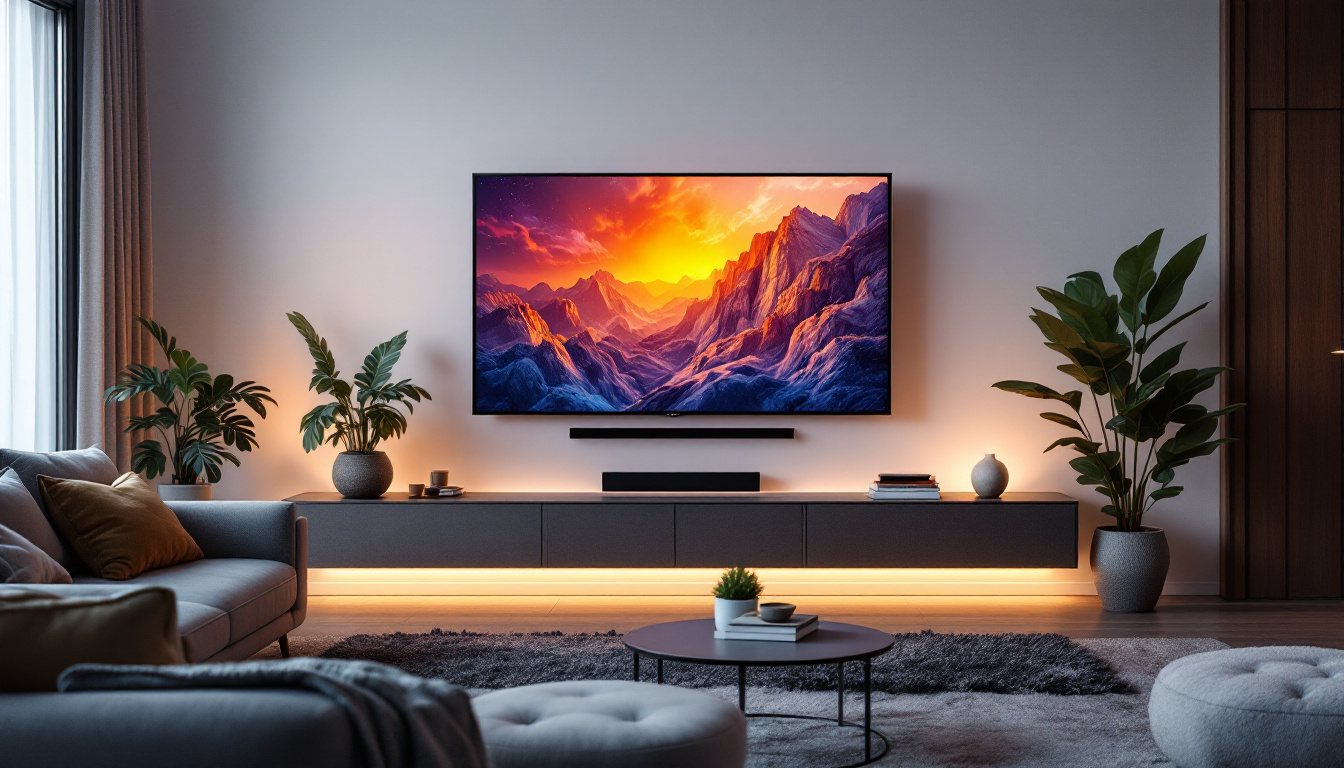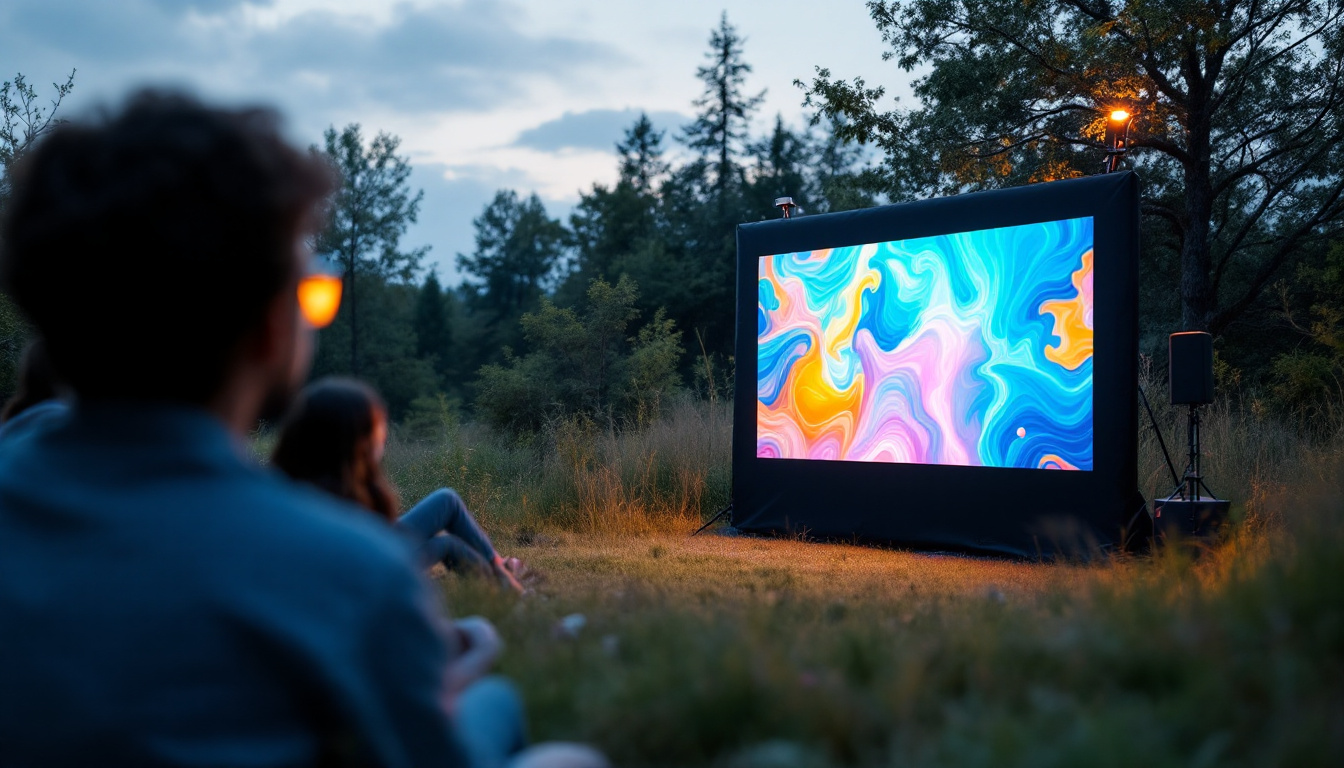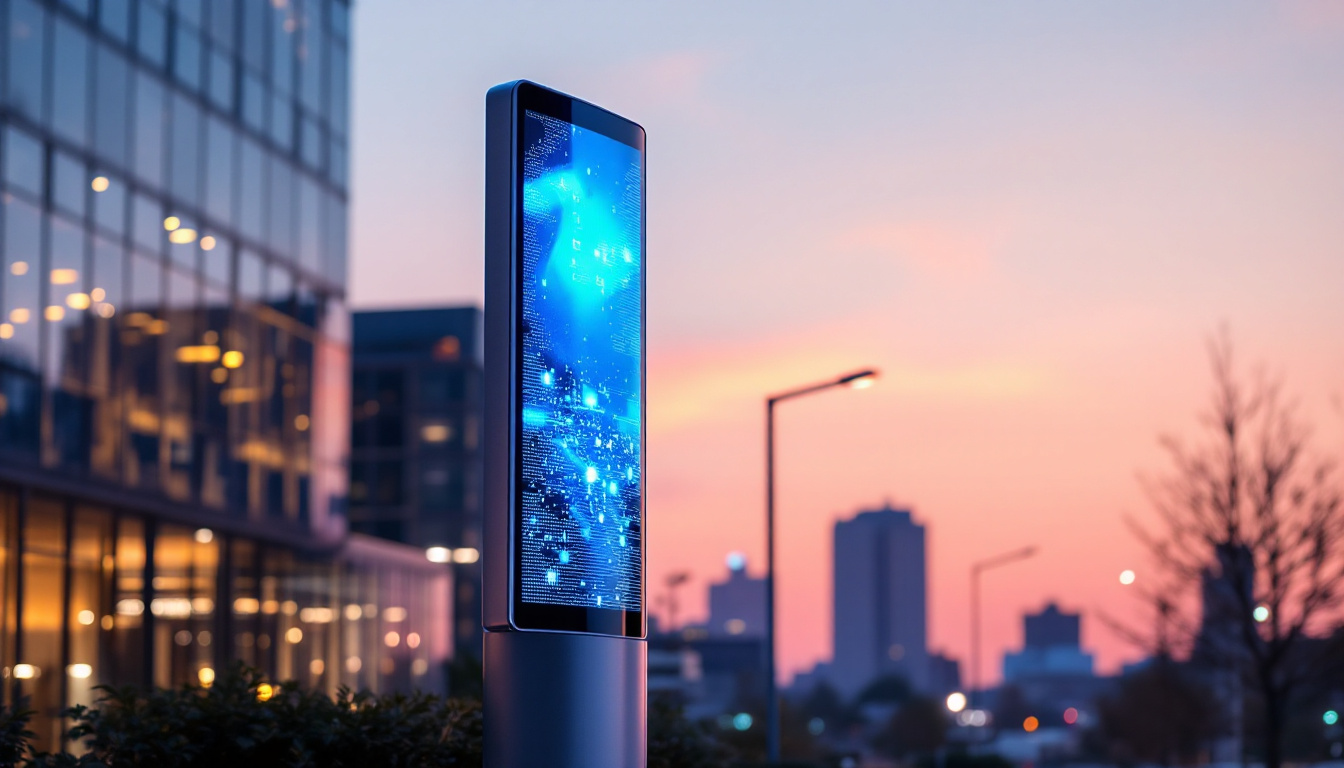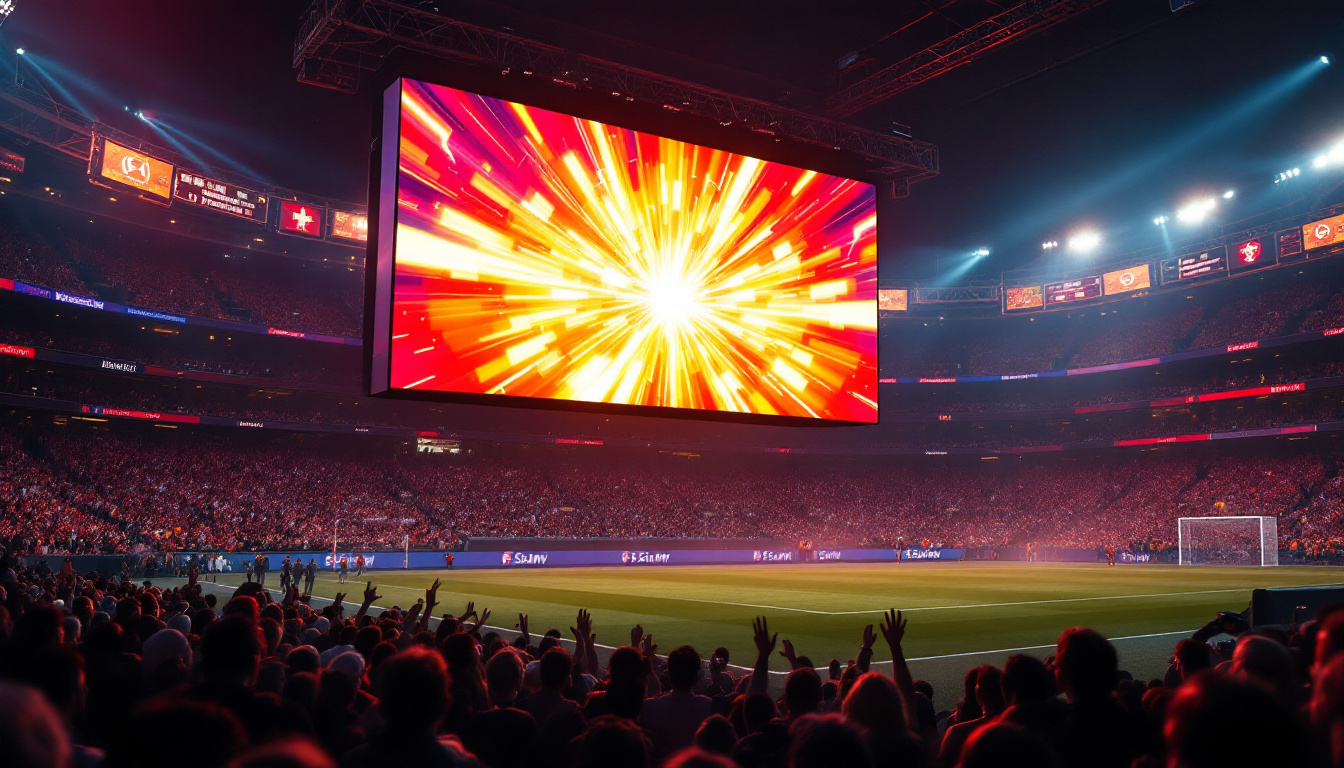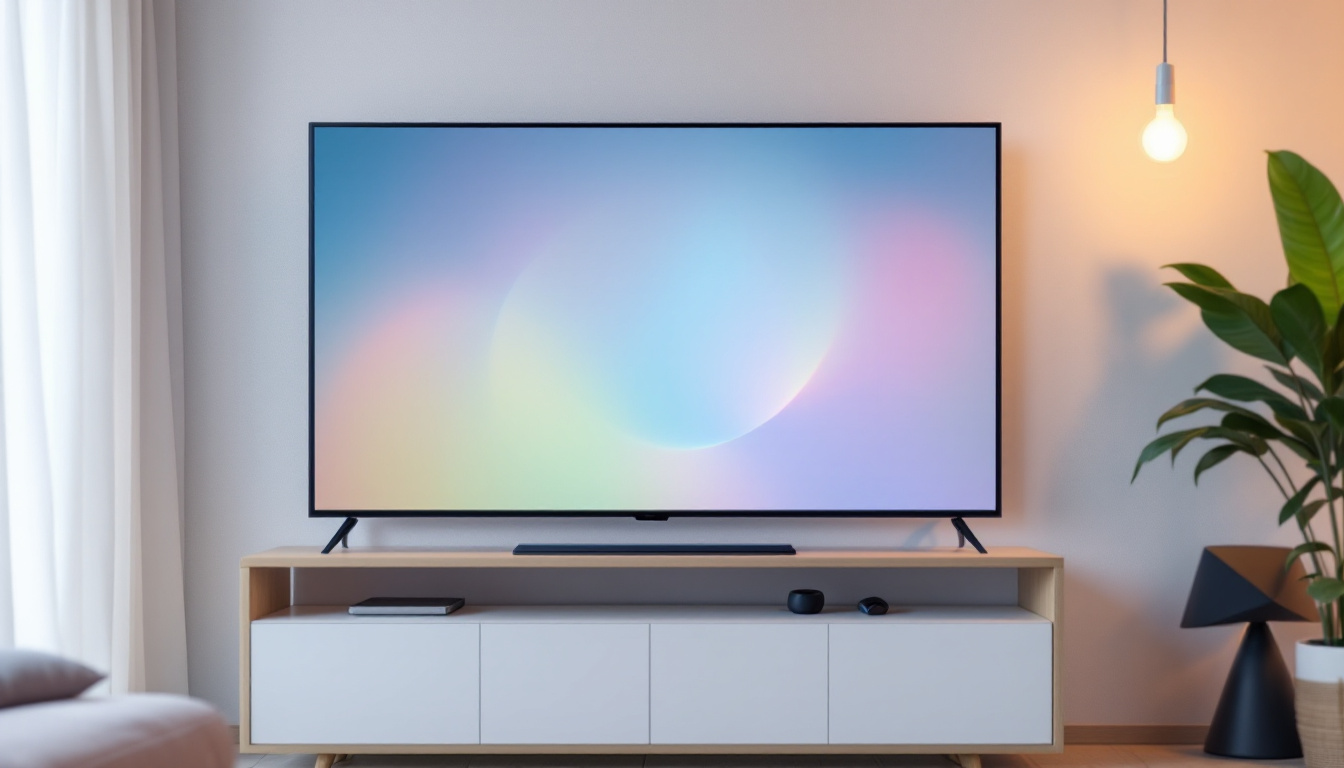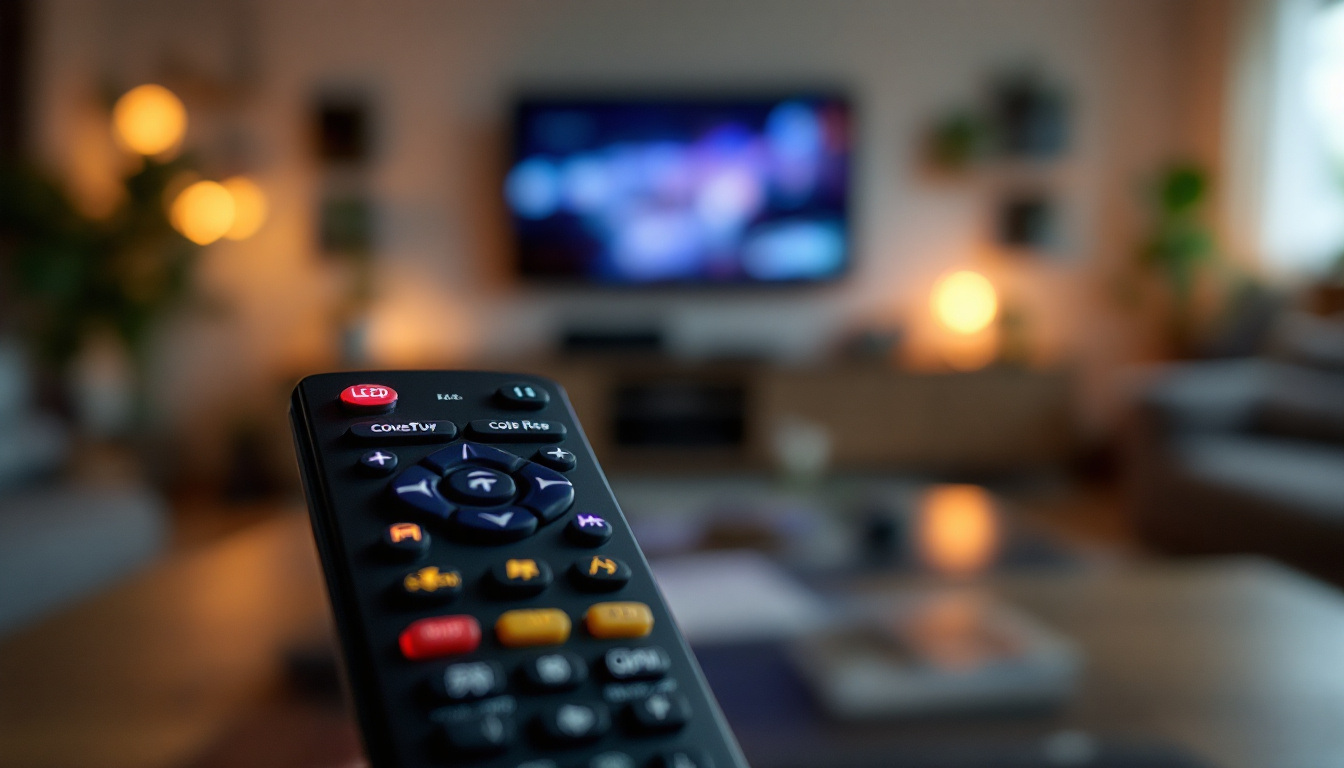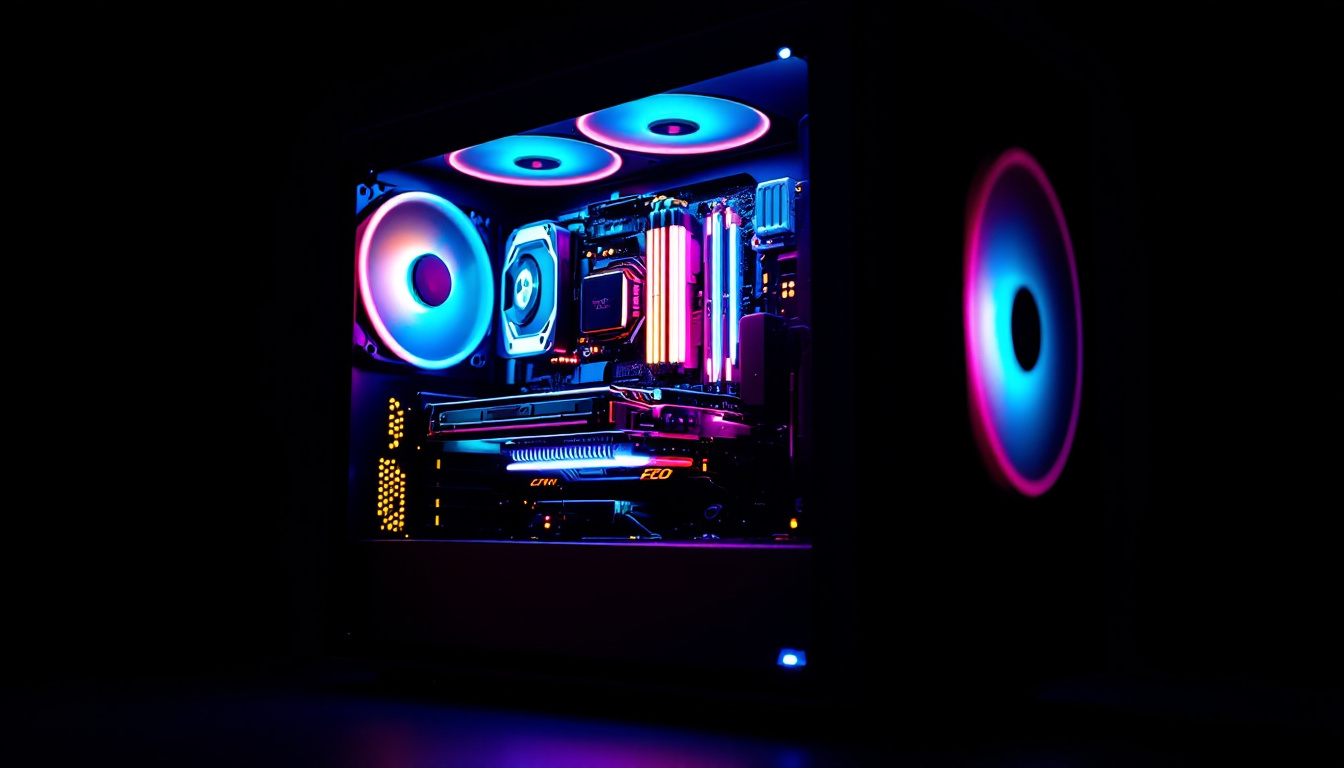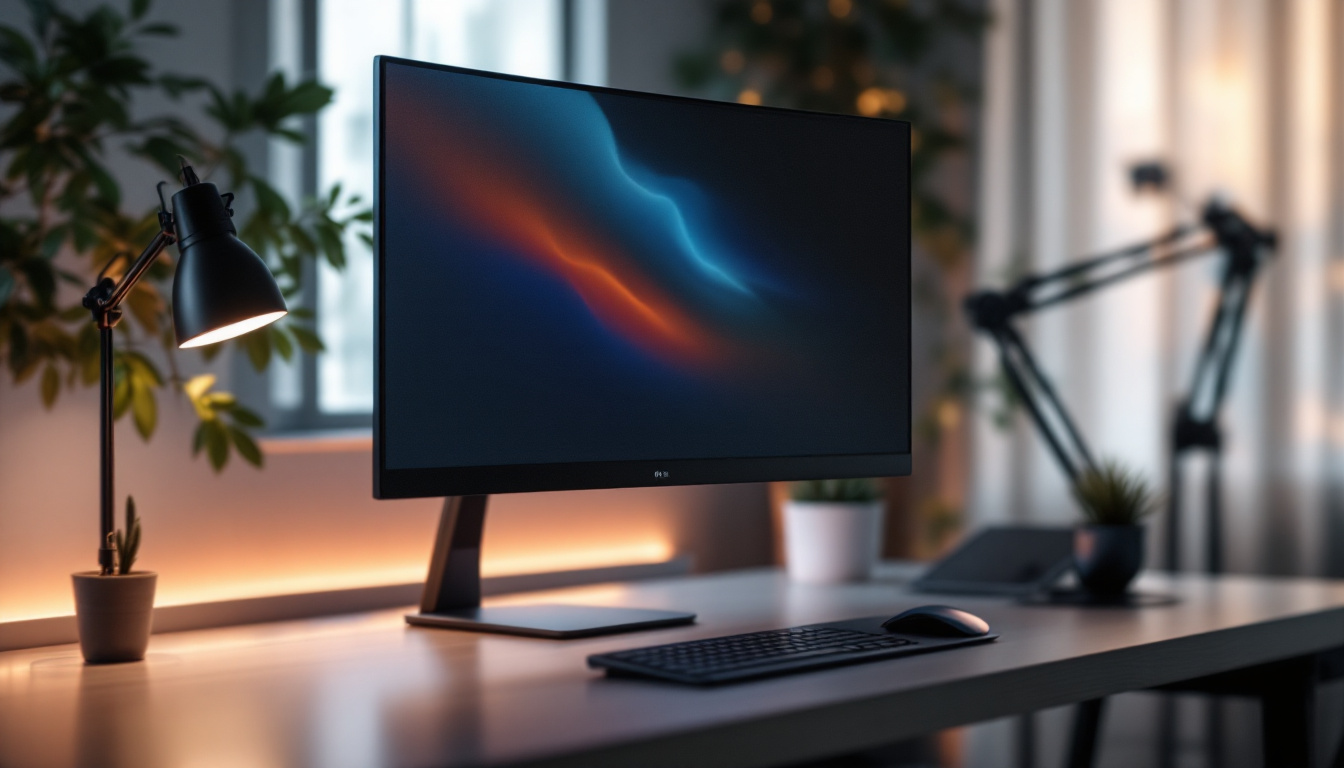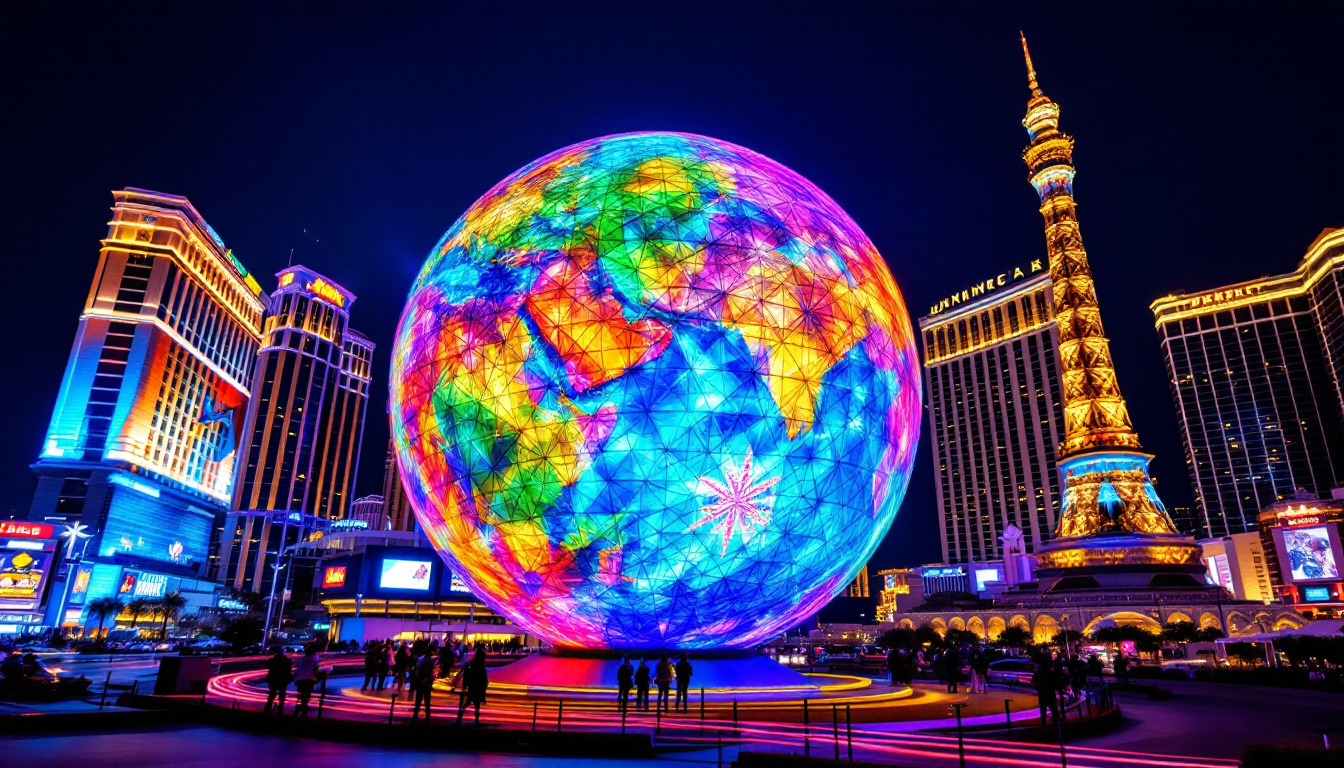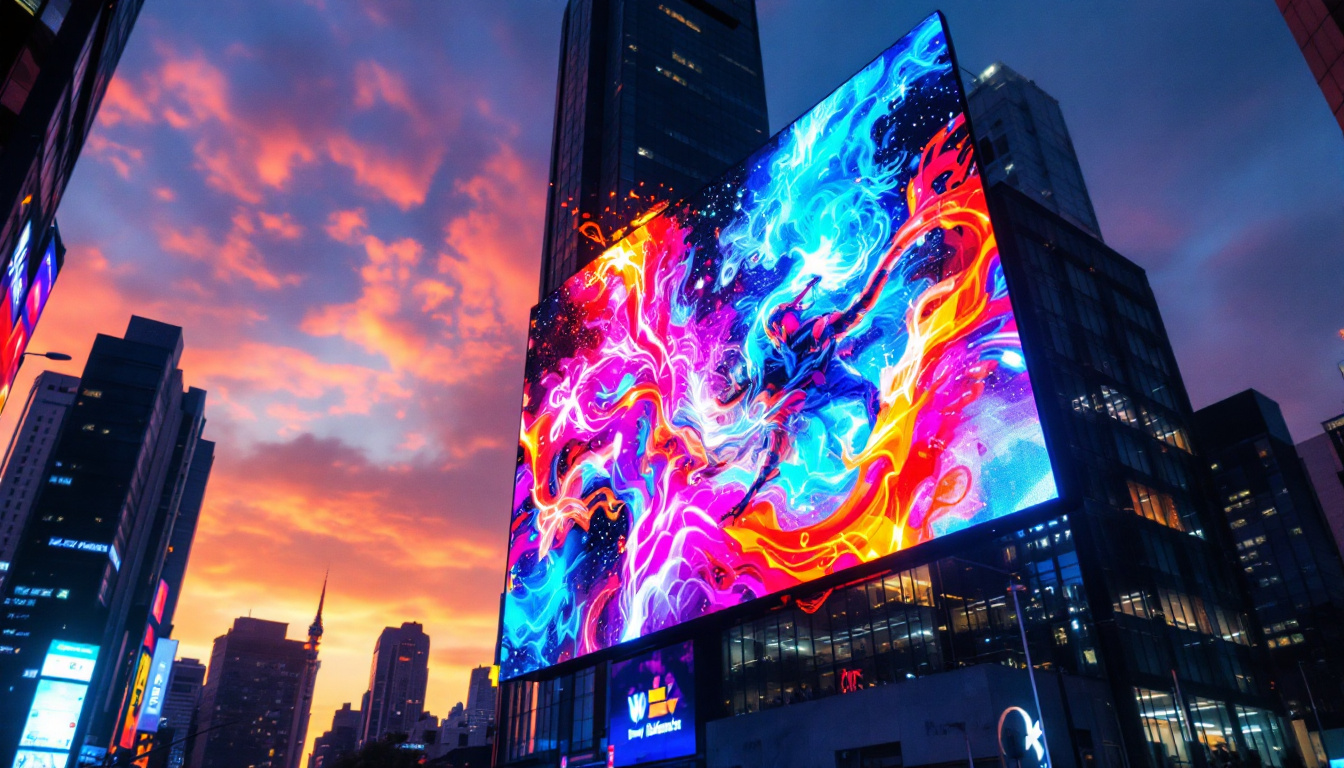In the modern age of visual technology, the way we present information has evolved significantly. Projectors remain a popular choice for various applications, from business presentations to home theater setups. However, the screen onto which these images are projected plays a crucial role in the overall viewing experience. This article delves into the various types of screens available for projectors, with a particular focus on LED displays, their benefits, and how they can enhance your projection experience.
Understanding Projector Screens
Projector screens serve as the canvas for the images produced by projectors. The choice of screen can dramatically affect the quality of the projected image, influencing brightness, color accuracy, and clarity. While there are several types of screens, including manual pull-down, electric, and fixed-frame screens, LED displays have emerged as a compelling option due to their unique characteristics.
Types of Projector Screens
Before diving into LED displays, it’s essential to understand the different types of projector screens available on the market. Each type has its own set of advantages and disadvantages, making them suitable for various environments and uses.
- Manual Pull-Down Screens: These are cost-effective and easy to install. Users can pull them down when needed and retract them when not in use. However, they may not always provide the best tension, leading to image distortion.
- Electric Screens: These screens offer convenience, as they can be operated with a remote control. They are ideal for larger venues or home theaters where ease of use is a priority.
- Fixed-Frame Screens: These screens are permanently mounted and provide a taut surface that enhances image quality. They are often used in dedicated home theaters but can be more expensive and require careful installation.
The Rise of LED Displays
LED displays have gained traction in recent years, particularly in commercial and high-end home theater settings. Unlike traditional projector screens, LED displays utilize light-emitting diodes to create images directly on the screen surface. This technology offers several advantages, making it a worthy consideration for anyone looking to enhance their projection experience.
One of the standout features of LED displays is their ability to produce vibrant colors and deep blacks, which significantly enhances the overall viewing experience. The pixel density in LED screens allows for sharper images, making them particularly appealing for presentations, movies, and gaming. Additionally, LED displays are often more durable than traditional screens, as they are less susceptible to wear and tear from frequent use. They also have a longer lifespan, which can translate into lower replacement costs over time.
Moreover, LED technology is highly versatile, allowing for various configurations and sizes to fit different spaces. Whether it’s a small meeting room or a large auditorium, LED displays can be tailored to meet specific requirements. Furthermore, advancements in LED technology have led to the development of ultra-thin and lightweight screens, making installation and transportation easier than ever. This adaptability makes LED displays a popular choice for both permanent installations and temporary setups at events.
Benefits of LED Displays
LED displays provide a range of benefits that can significantly improve the quality of projected images. Understanding these advantages can help users make informed decisions about their projection setups.
Superior Brightness and Color Accuracy
One of the standout features of LED displays is their ability to produce vibrant colors and high brightness levels. This is particularly beneficial in environments with ambient light, where traditional projector screens may struggle to deliver clear images. The brightness of LED displays ensures that colors appear true to life, enhancing the overall viewing experience.
Furthermore, LED technology allows for a broader color gamut, meaning that viewers can enjoy a wider range of colors. This is especially important for applications such as graphic design, where color accuracy is paramount.
Enhanced Durability and Longevity
LED displays are known for their durability and longevity compared to traditional projector screens. The absence of fragile components, such as glass or plastic, makes LED displays less prone to damage. Additionally, they typically have a longer lifespan, often exceeding 50,000 hours of use. This longevity translates to lower replacement costs over time, making LED displays a cost-effective solution in the long run.
Versatility in Installation
Another significant advantage of LED displays is their versatility in installation. Unlike traditional projector screens, which require specific mounting locations and distances from the projector, LED displays can be installed in various configurations. This flexibility allows users to adapt their setups to different environments, whether it’s a conference room, classroom, or home theater.
Considerations When Choosing an LED Display
While LED displays offer numerous benefits, several factors should be considered when selecting the right one for your needs. Understanding these considerations can help ensure that you choose an LED display that meets your specific requirements.
Resolution and Size
Resolution is a critical factor when choosing an LED display. Higher resolution displays provide sharper images, making them ideal for applications that require detailed visuals, such as presentations or movies. Additionally, the size of the display should be considered in relation to the viewing distance. A larger screen may be necessary for larger rooms, while smaller displays may suffice for more intimate settings.
Aspect Ratio
The aspect ratio of the LED display is another essential consideration. Common aspect ratios include 16:9, which is standard for widescreen content, and 4:3, often used for traditional presentations. Choosing the right aspect ratio ensures that the content is displayed correctly without distortion.
Connectivity Options
Modern LED displays come equipped with various connectivity options, including HDMI, USB, and wireless capabilities. It’s crucial to ensure that the display you choose is compatible with your existing equipment. Additionally, consider the number of input ports available, as this can affect your ability to connect multiple devices simultaneously.
Installation and Setup of LED Displays
Installing an LED display may seem daunting, but with the right approach, it can be a straightforward process. Proper installation is crucial to ensure optimal performance and longevity of the display.
Choosing the Right Location
The first step in installing an LED display is selecting the appropriate location. Consider factors such as viewing distance, ambient light, and wall space. Ideally, the display should be positioned at eye level to provide the best viewing experience.
Mounting Options
LED displays can be mounted in several ways, including wall mounting, ceiling mounting, or using a stand. Wall mounting is often preferred for permanent installations, while stands may be more suitable for temporary setups. Ensure that the mounting hardware is compatible with the display and can support its weight.
Calibration and Configuration
Once the display is installed, calibration is essential to achieve the best picture quality. Adjusting settings such as brightness, contrast, and color balance can significantly enhance the viewing experience. Many LED displays come with built-in calibration tools to assist users in this process.
Comparing LED Displays to Traditional Projector Screens
While LED displays offer many advantages, it’s essential to compare them to traditional projector screens to understand their unique benefits and drawbacks. This comparison can help users determine which option best suits their needs.
Image Quality
LED displays typically provide superior image quality compared to traditional projector screens. The vibrant colors and high brightness levels of LED technology result in clearer and more engaging visuals. In contrast, projector screens may struggle in well-lit environments, leading to washed-out images.
Space Requirements
Traditional projector screens require a projector to be positioned at a specific distance, which can limit placement options. LED displays, on the other hand, can be installed in various locations without the need for a projector. This flexibility allows for more creative setups and can be particularly advantageous in smaller spaces.
Cost Considerations
While LED displays may have a higher initial cost compared to traditional projector screens, their longevity and reduced maintenance costs can make them a more economical choice over time. Additionally, the enhanced image quality and versatility can justify the investment for many users.
Future Trends in Projection Technology
The world of projection technology is continually evolving, and several trends are shaping the future of LED displays and projector screens. Staying informed about these developments can help users make educated decisions about their projection setups.
Advancements in LED Technology
As technology progresses, LED displays are becoming more advanced. Innovations such as microLED and OLED technologies are on the horizon, promising even better image quality and energy efficiency. These advancements may lead to more compact and lightweight displays, making them even more versatile for various applications.
Integration with Smart Technology
With the rise of smart technology, LED displays are increasingly being integrated with smart home systems. This integration allows for seamless control of displays through smartphones or voice commands, enhancing user convenience and accessibility. As smart technology continues to evolve, the potential for interactive and immersive experiences will expand significantly.
Environmental Considerations
As sustainability becomes a priority for many consumers, manufacturers are focusing on creating eco-friendly LED displays. This includes using recyclable materials and energy-efficient components, reducing the environmental impact of production and disposal. Consumers can look forward to more sustainable options in the future.
Conclusion
In conclusion, LED displays represent a significant advancement in projection technology, offering numerous benefits over traditional projector screens. From superior brightness and color accuracy to enhanced durability and versatility, LED displays can elevate the viewing experience in various settings. By considering factors such as resolution, aspect ratio, and installation options, users can make informed decisions when selecting the right display for their needs.
As technology continues to evolve, staying informed about the latest trends and advancements will be crucial for anyone looking to enhance their projection setups. Whether for business, education, or entertainment, LED displays are poised to play a vital role in the future of visual technology.
Discover LumenMatrix’s Advanced LED Display Solutions
Ready to take your visual presentations to the next level? Explore LumenMatrix’s comprehensive range of LED display solutions, designed to meet the diverse needs of any space. Whether you’re looking to captivate your audience with an Indoor LED Wall Display, make a bold statement with an Outdoor LED Wall Display, or innovate on the go with a Vehicle LED Display, LumenMatrix has the technology to bring your vision to life. With options like LED Poster Displays, LED Sports Displays, and even Custom LED Displays, the possibilities are endless. Experience the future of visual communication today and Check out LumenMatrix LED Display Solutions to create an unforgettable impact with every message.

